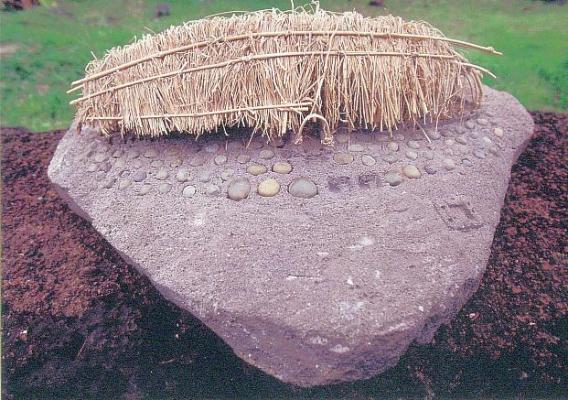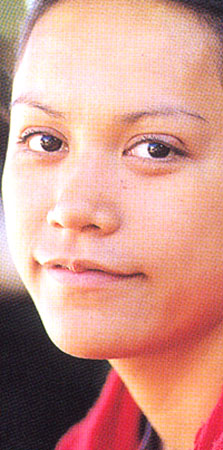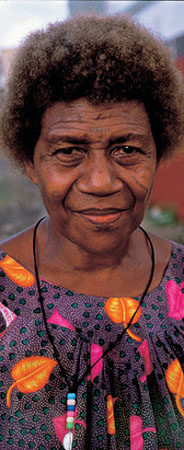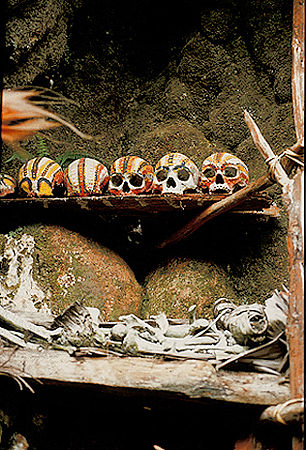Origin and Spread of Oceania's Peoples
About 40,000 to 8,000 years ago, the islands of New Guinea were inhabited by dark-skinned people with curly hair. Their physical characteristics can be divided into two types. One is the modern type and the other is called Sundanoids, who lived by hunting and gathering. Most of their tools were made from wood, shells, antlers, and stoneware. The language they use is the origin of Australian and Papuan.
Tree of near and remote Oceanic populations, click here.
Occupation of the Pacific Islands: 50,000 BC~AD1,500, click here.
The Lapita culture originated from the Bismarck Archipelagos. It was first discovered on Watom Island in northern New Britain in 1909 and was named after an archaeological site in New Caledonia.
Some scholars point out that the Lapita culture comes from Southeast Asia, which means that New Stone Age navigators in Southeast Asia passed Melanesia, arriving in Polynesia.
Other scholars argue that the indigenous peoples of Melanesia spread to the Pacific Ocean after undergoing "invasion, innovation and integration" with Lapita people. The relationship between the Lapita and the people of Southeast Asia remains intact today.
There are very few traces of the Lapita people remaining. According to research on Watom Island, Mussau Island and Fiji Island, the Lapita people were thin and tall, similar to modern Polynesians, East Melanesians and Indonesians. In terms of genetics, they are classified as Austronesians.
Some scholars have proposed that the Austronesians originated from Southeast Asia. As a result, the Lapita culture has been used to explain why Austronesians were distributed over the Pacific Ocean. This is viewed as primary evidence of migration in the New Stone Age.
The pottery of Lapita includes vessels, bowls and plates. Pottery was made using sand or crushed shells in a mixture. It was shaped using wood or pat striking method and fired at low temperatures.
Typical patterns included complicated geometrical patterns, characteristic human faces pressed into zigzag-shaped objects. The pressed pattern was popular as attested to by early Lapita archeological sites. Drawn patterns, especially uncolored pottery, appeared later.
In addition to pottery, the Lapita material culture included shell adzes, shell pearls, shell pendants, bracelets, skin peelers, containers for bait, and the like. Other common objects were bone implements, stone adzes, stone hammers, stone millstones, stone files and cutters made of flint and obsidian.
About 5,000 to 10,000 years ago, four large changes were introduced into the Pacific Ocean Islands from the West: (1) Genes associated with Mongolian physical characteristics (2) Austronesian languages (3) Knowledge of farming and domesticating animals (4) Advanced boat building and sailing skills.
Nowadays, in most areas of New Guinea and some areas of Solomon, inhabitants speak Papuan languages and have characteristics of Sundanoids. On other islands, the relationships between language and physical characteristics are not as close.
Inhabitants of New Guinea, Melanesia, the coast of Fiji, and some areas of Polynesia have dark skin and curly hair, but speak Austronesian languages. This proves that genes are not absolutely related to language.











